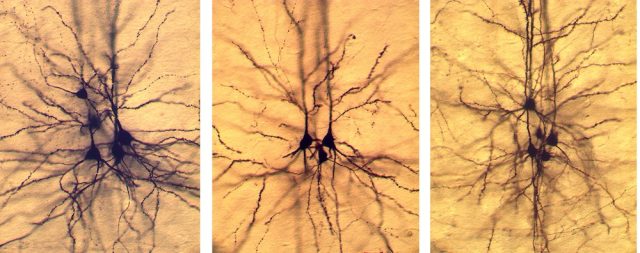Reshaping the brain: scientists reprogram neurons after birth
Ars Technica » Scientific Method 2013-01-14

The cerebral cortex—the gray matter that forms the outer layers of the mammalian cerebrum and cerebellum—is divided into six different layers based on the presence of specialized neurons, and we've known that since the early 1900s. Denis Jabaudon is interested in using the tools of modern biology to understand the genetic mechanisms that establish and maintain those layers. Over the past few years, his lab has published papers implicating various genes in the generation of specific neuronal subtypes.
Now they have gone a step further. They have developed a new electrochemical method to transfer genes into specific types of neurons—they call it iontoporation. Using it, they have transformed one type of neuron in a mature brain into a different type entirely. (Imagine a lightning bolt and crash of thunder here to indicate how momentous and scary this is.) Just kidding—it’s not actually scary. Instead, it tells us something about the ability of a mature brain to adapt to being rewired.
Although Jabaudon and others have made some headway in working out how the different neurons arise, they still don’t know how plastic they are—if they can change fates after they started differentiating down one particular path. In the context of brain injury, it would be useful to know if certain neural circuits could be reprogrammed and repaired by having the neurons that are already present change fates to adapt to the damage. But this has been challenging to determine, because changing the fate of specific neurons in the latter stages of differentiation has been technically difficult.
Read 6 remaining paragraphs | Comments